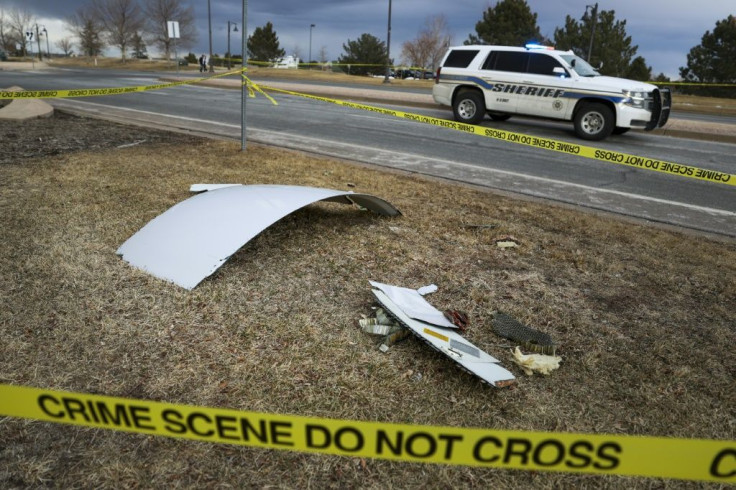Boeing 777 Engine Covers Were Engineering Focus For Years Before Failures
Following the dramatic in-flight damage sustained by a Boeing 777 Saturday, documents have surfaced showing the faulty engine cowl had been a focus of regulators and engineers for years. Redesigns had led to more concrete plans to replace the part, but they didn’t come to fruition before the most recent incident, The Wall Street Journal reports.
The engine cowls of Boeing 777s have been on regulators’ radar since 2018, when an engine manufactured by the company Pratt and Whitney failed in a similar way to both the most recent incident and a 2020 failure of a Pratt and Whitney engine on a 777. Another similar emergency occurred on a 2018 Southwest flight in an engine manufactured elsewhere.
The FAA has ordered thermal-acoustic inspections of all Pratt and Whitney engines, which use sound waves to detect weaknesses, and Boeing has urged companies to ground the planes.

After 2018’s incident, Boeing began examining improvement to the cowls. The problems were caused by fan blades coming loose, flying into the engine with spectacular force. Engines and fuselages are tested on their ability to resist such situations, but the tests don’t require the cowls to be present, leaving them vulnerable.
Boeing determined that it would be better to redesign and replace the part than to try and alter the existing cowls.
“Boeing has decided to redesign the fan cowl instead of trying to modify existing fan cowls to address the structural strength concerns,” an FAA document unearthed by The Wall Street Journal reads. “Boeing will be manufacturing new fan cowls and providing service instructions for operators to remove and replace the fan cowls.”
Those replacements didn’t come fast enough for fliers Saturday, as any changes need to go through extensive reviews to ensure they don’t cause more problems than they solve. While both the 2020 and 2021 incidents resolved without injury, one of the two emergencies in 2018 killed a Southwest Airlines passenger.
The pattern has left experts wondering why regulatory bodies never got involved, content to let Boeing make the changes on its own timeline. Jim Hall, who led the National Transportation Safety Bureau from 1994 to 2001, told The Wall Street Journal the incidents should have prompted overseers to look “very aggressively“ at the faulty parts.
“I have yet to see indication this was done,” he said.
© Copyright IBTimes 2025. All rights reserved.



















